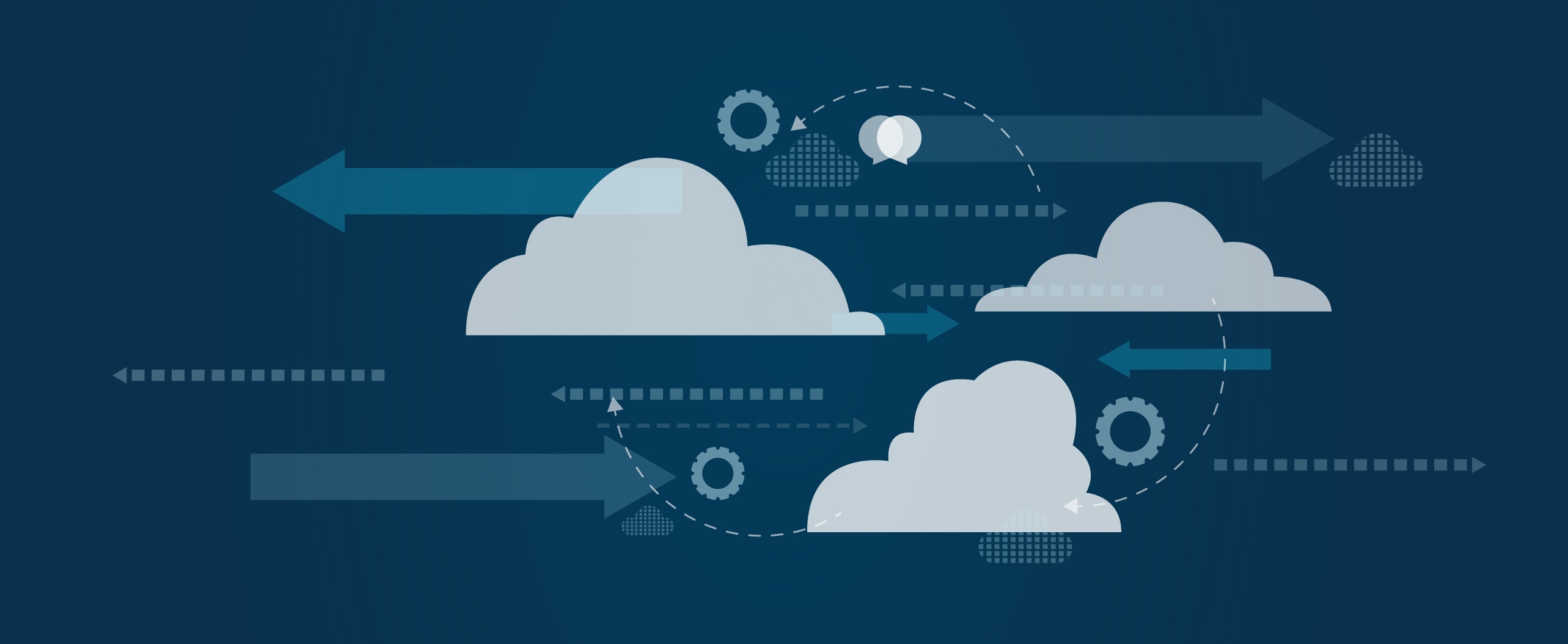Introducing Capital One Slingshot Cost Breakdown Report
‘How much did my data science team spend on Snowflake last month?’
‘How much of last year’s Snowflake spend was used by the data analysts?’
‘How do I provide more thorough financial analysis to the finance team?’
These are a couple of examples that we have come across in conversations internally and externally. While they sound simple, in the complex world of cloud computing, administrators and accountants face real challenges to get a comprehensive, holistic view of the cloud spend, tailored to the unique requirements of their organization. This holds true with Snowflake as well.
As you scale Snowflake, onboard more users and business groups, it becomes harder to track and measure business impact. That’s why Snowflake admins have been seeking for a comprehensive report that breaks down Snowflake costs across business groups, users, environments, cost centers, and projects.
Data leaders have an appetite for tools to help them get better granularity with respect to their cloud data
An easy and quick method to managing cost is to set up a separate warehouse per projects or users. But this practice is not scalable and is not an efficient way to fully utilize the power of Snowflake. (For how Slingshot can help manage warehouses more efficiently, read our previous blog here.)
Our existing visualizations on Capital One Slingshot's Cost Insights Dashboard offer an overview of Snowflake costs, but data leaders craved more detailed insights. Conversations with stakeholders revealed how the complex nature of cost centers and users across different Snowflake accounts require precious hours to manually put together reports to start the discussion on resource allocation and enable chargebacks.
Slingshot’s Cost Breakdown Report can lead the way in a paradigm shift
As we continue to innovate and build with Slingshot to meet market needs, we saw the desire for robust chargeback functionality and cost visibility capabilities to be stronger. Acheiving this required us to first empower users to create custom tags to choose individual objects in Snowflake (warehouse, database, user or a combination of them) for custom groupings. Furthermore, we needed to support usage to be tracked across accounts. To satisfy the requirements, we built Slingshot tags.

With Slingshot tags, users can create tags that meet their business requirements. For example, assign a group of users working on a critical project and track their usage across accounts. These tags are then used in Slingshot to filter and visualize data through custom reports.
More comprehensive reporting
If Slingshot tags offer a flexible way to track and attribute the cost that follows the business structure, the new Slingshot Cost Breakdown Report helps users visualize insights in a way they need to see their spend data on Snowflake usage. Cost Breakdown Report enables users to, for example, filter out the costliest users across Snowflake accounts so they can have data driven conversations about the more effective resource allocation.

Furthermore, greater visibility into costs will enable many users to start their journey into FinOps by gaining access to more transparent showback of Snowflake usage and better cost predictability. In short, Slingshot’s new tags and Cost Breakdown Report will help users maximize their Snowflake investment and scale up with more control and confidence.
Looking ahead
As Slingshot continues to evolve, we're introducing the Cost Breakdown Report as part of our ongoing efforts to enhance chargeback and FinOps capabilities. We believe that by empowering users in this way, we can contribute to a future where Snowflake management is more transparent, efficient, and aligned with the unique needs of every organization.
If you’d like to try the Cost Breakdown Report yourself, get in touch with our team today!


